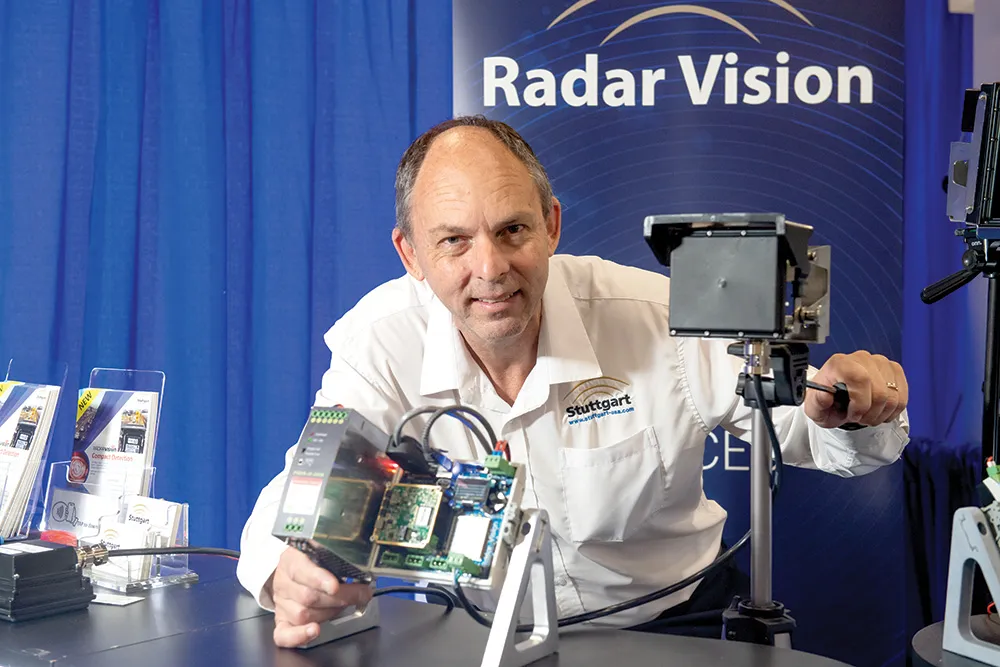As part of the company’s newly introduced T-series platform, Gatso has launched a series of completely new developed high tech components designed to fulfil the enforcement needs of today and the future. The revolutionary new Gatso T-series platform consists of newly designed and engineered cabinet, radar, flash and, the heart of the platform - the GT20 camera.
April 10, 2012
Read time: 2 mins

As part of the company’s newly introduced T-series platform, 1679 Gatso has launched a series of completely new developed high tech components designed to fulfil the enforcement needs of today and the future. The revolutionary new Gatso T-series platform consists of newly designed and engineered cabinet, radar, flash and, the heart of the platform - the GT20 camera.
Capturing clear images of fast-moving vehicles under the poor lighting conditions typically encountered in traffic enforcement has always been a challenge. But now, Gatso says that thanks to its compact Gatso GT20 camera, exclusively designed for the company, the 20-megapixel CMOS sensor combines speed with superior sensitivity to offer image capture performance never before seen in the industry.
The camera captures 30 full-resolution frames per second which means an offence can be captured every 1/30th of a second, bringing the registration of multiple violations within reach. Moreover, the powerful J2K compression engine delivers more than 4fps at full resolution and 30fps high resolution video simultaneously. Up to four Intel Atom processing cores offer sufficient processing power to execute onedge machine vision algorithms such as ANPR and traffic light monitoring, as well as emerging algorithms and those that will be developed in the future.
Operationally, Gatso says the performance of the platform addresses something that concerns authorities, particularly in Europe, where, when two vehicles simultaneously run a red light, current technology is unable to capture both offenders, so only one gets prosecuted. “The T-Series changes that situation so that we have provided much fairer enforcement,” said Timo Gatsonides, managing director of Gatso.
Capturing clear images of fast-moving vehicles under the poor lighting conditions typically encountered in traffic enforcement has always been a challenge. But now, Gatso says that thanks to its compact Gatso GT20 camera, exclusively designed for the company, the 20-megapixel CMOS sensor combines speed with superior sensitivity to offer image capture performance never before seen in the industry.
The camera captures 30 full-resolution frames per second which means an offence can be captured every 1/30th of a second, bringing the registration of multiple violations within reach. Moreover, the powerful J2K compression engine delivers more than 4fps at full resolution and 30fps high resolution video simultaneously. Up to four Intel Atom processing cores offer sufficient processing power to execute onedge machine vision algorithms such as ANPR and traffic light monitoring, as well as emerging algorithms and those that will be developed in the future.
Operationally, Gatso says the performance of the platform addresses something that concerns authorities, particularly in Europe, where, when two vehicles simultaneously run a red light, current technology is unable to capture both offenders, so only one gets prosecuted. “The T-Series changes that situation so that we have provided much fairer enforcement,” said Timo Gatsonides, managing director of Gatso.








